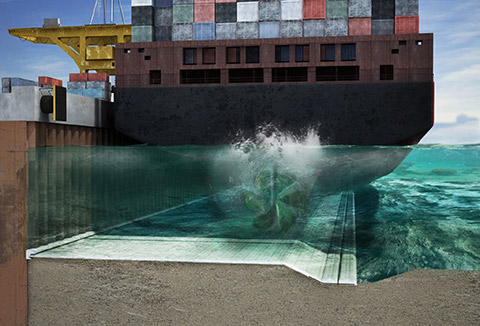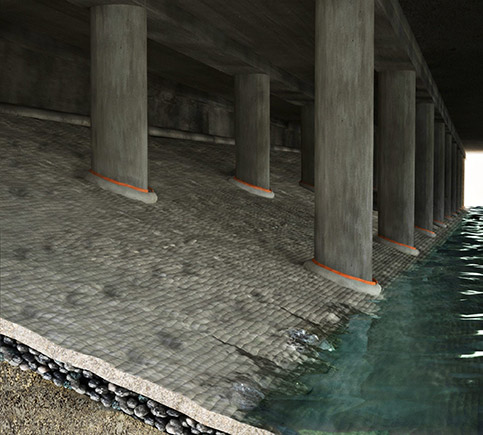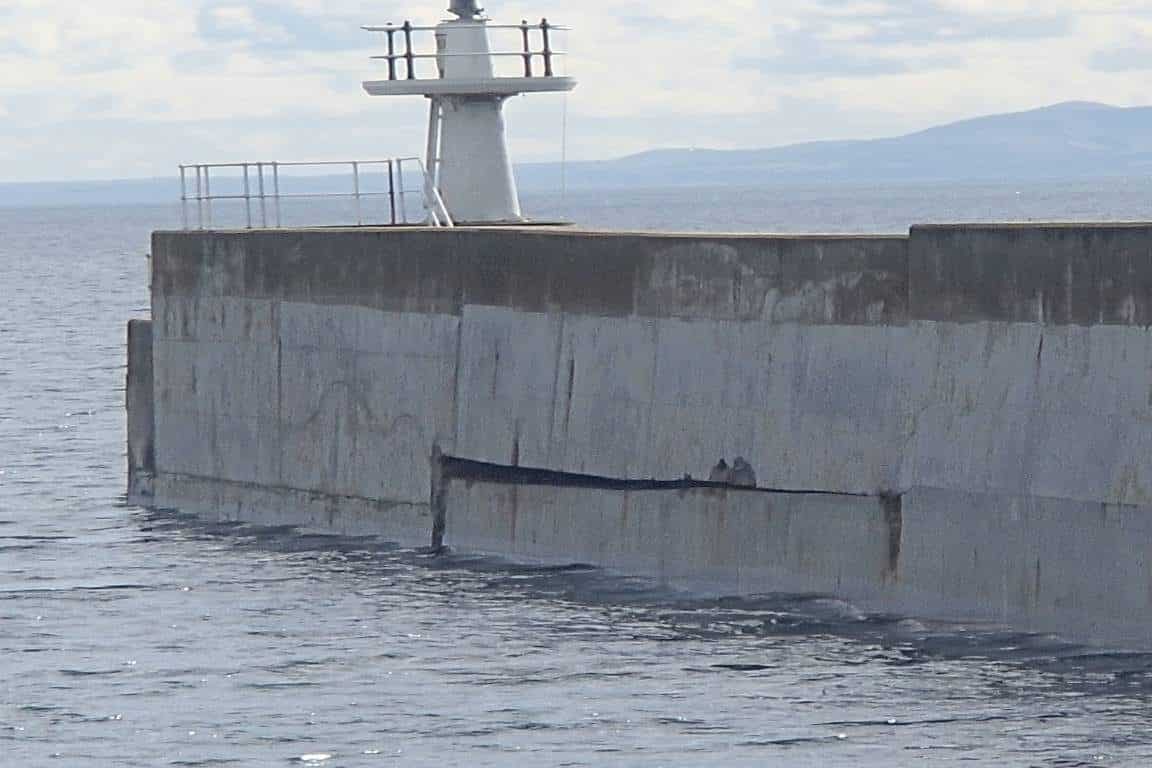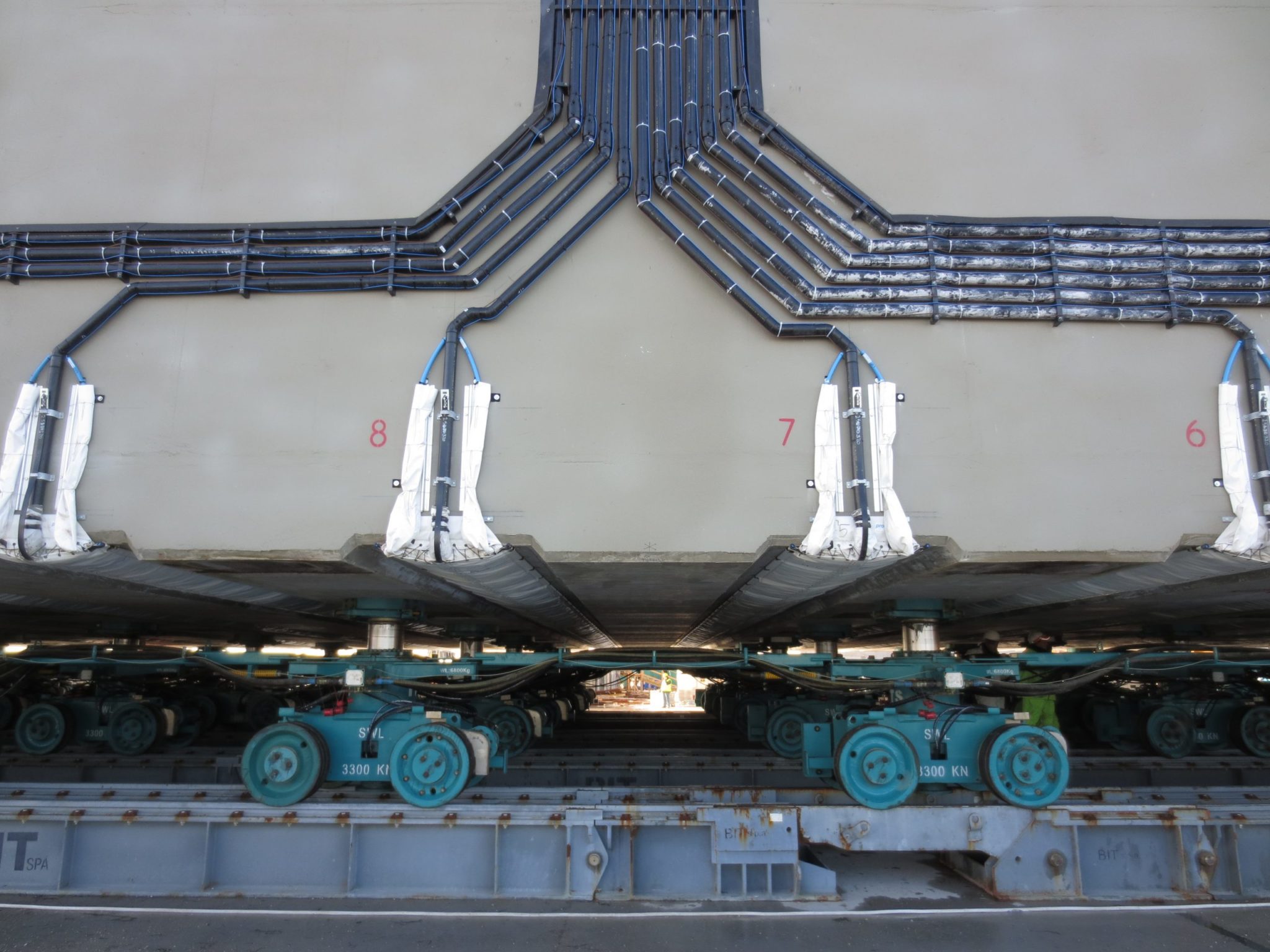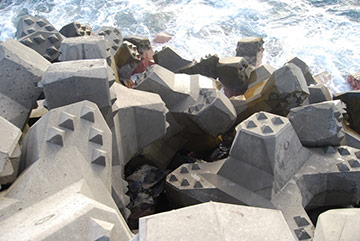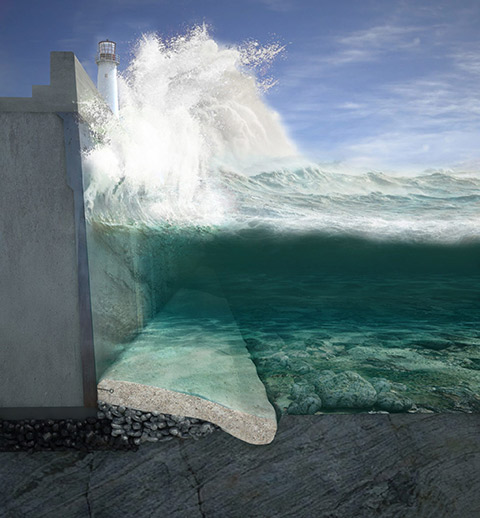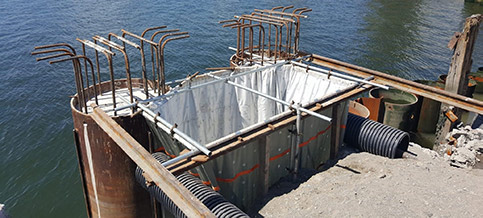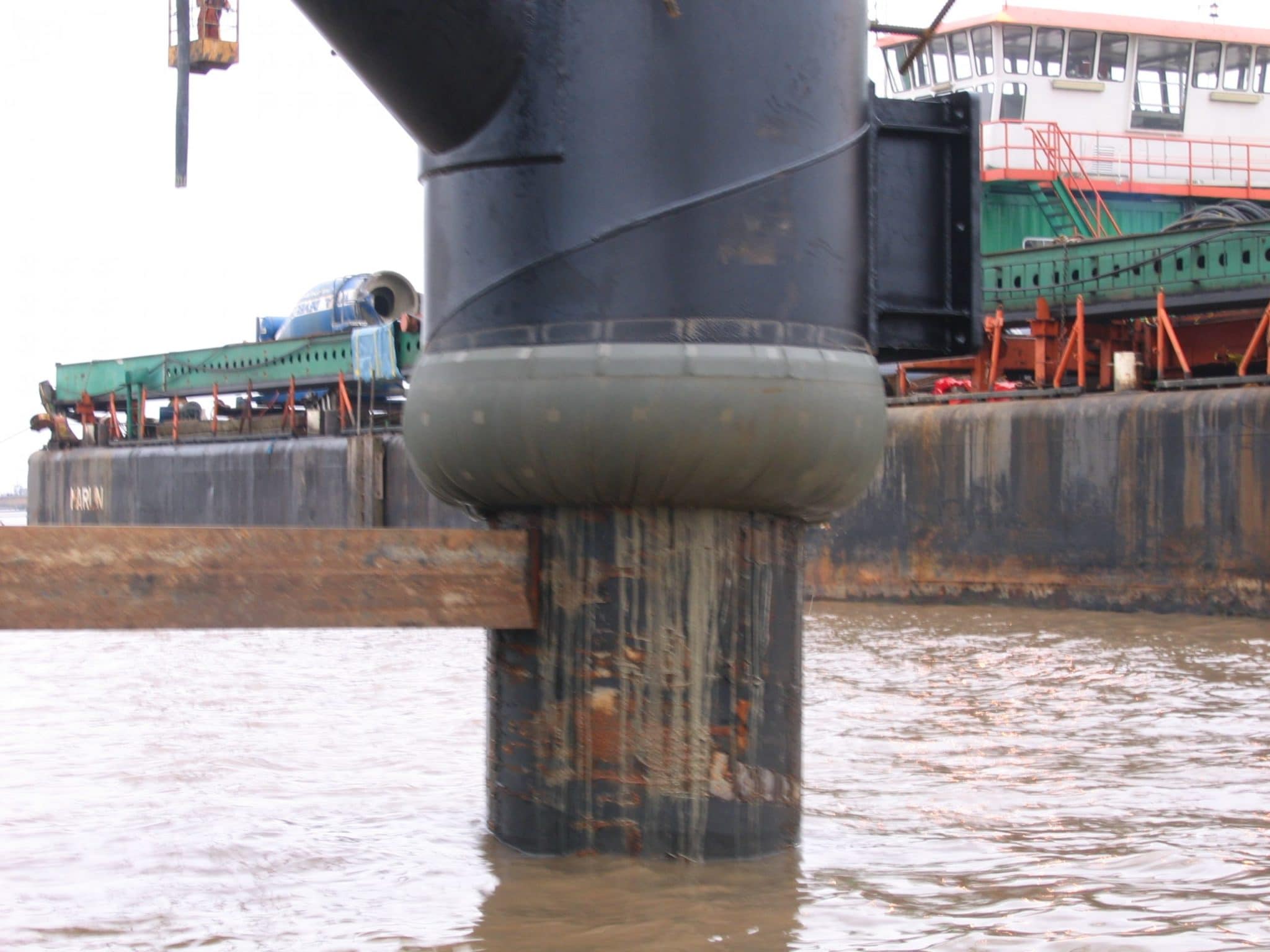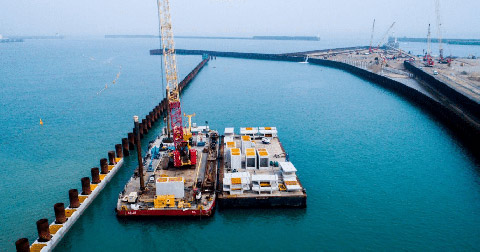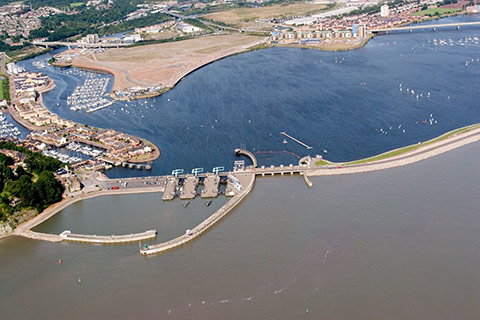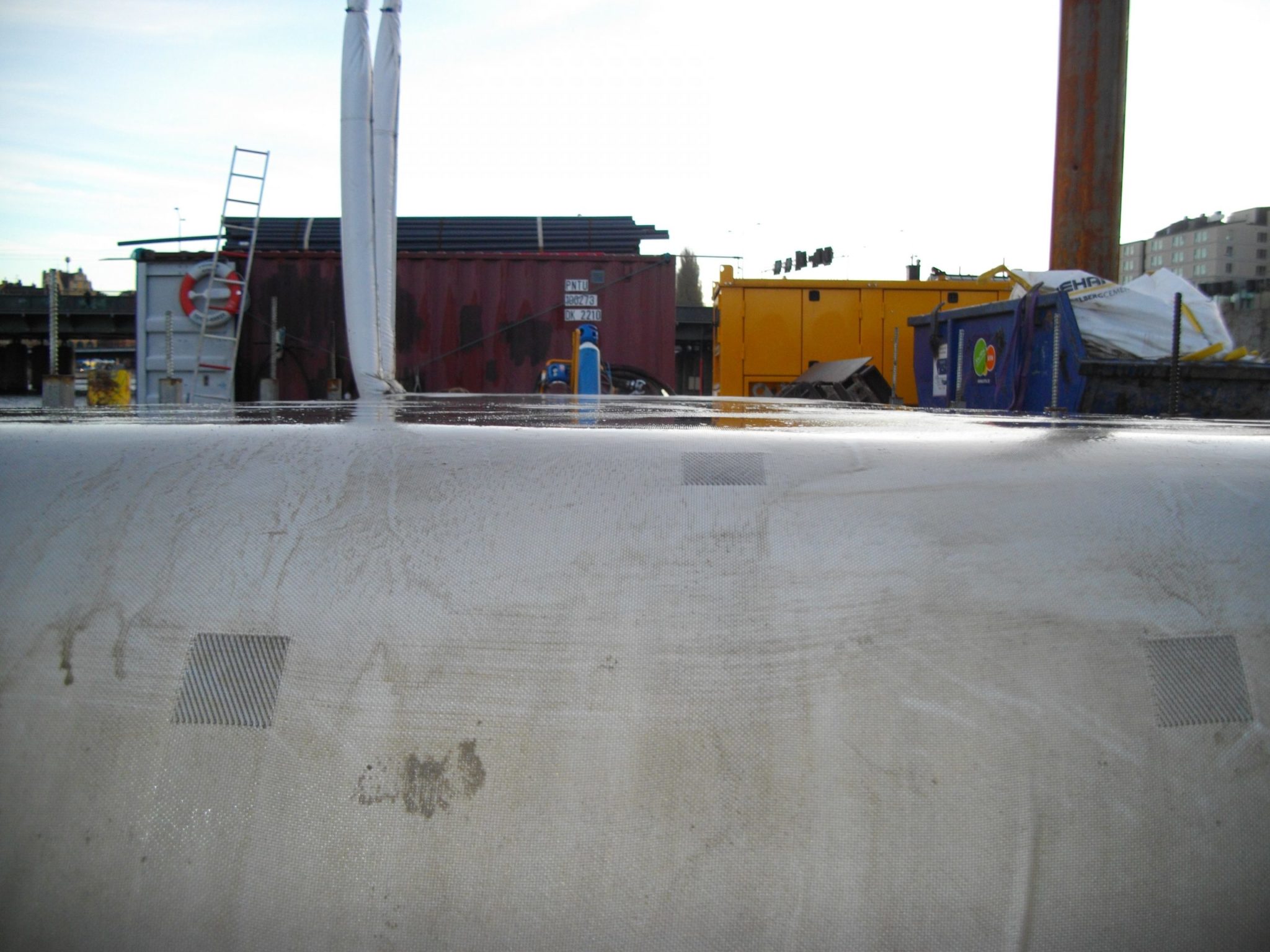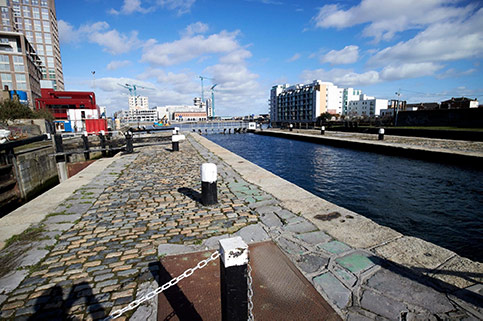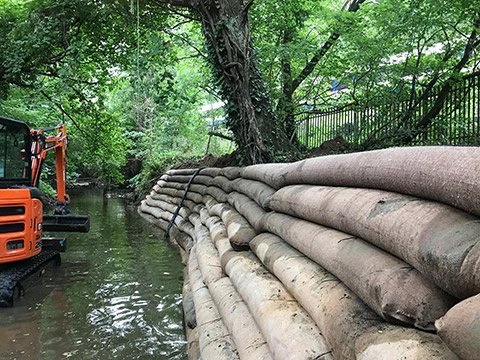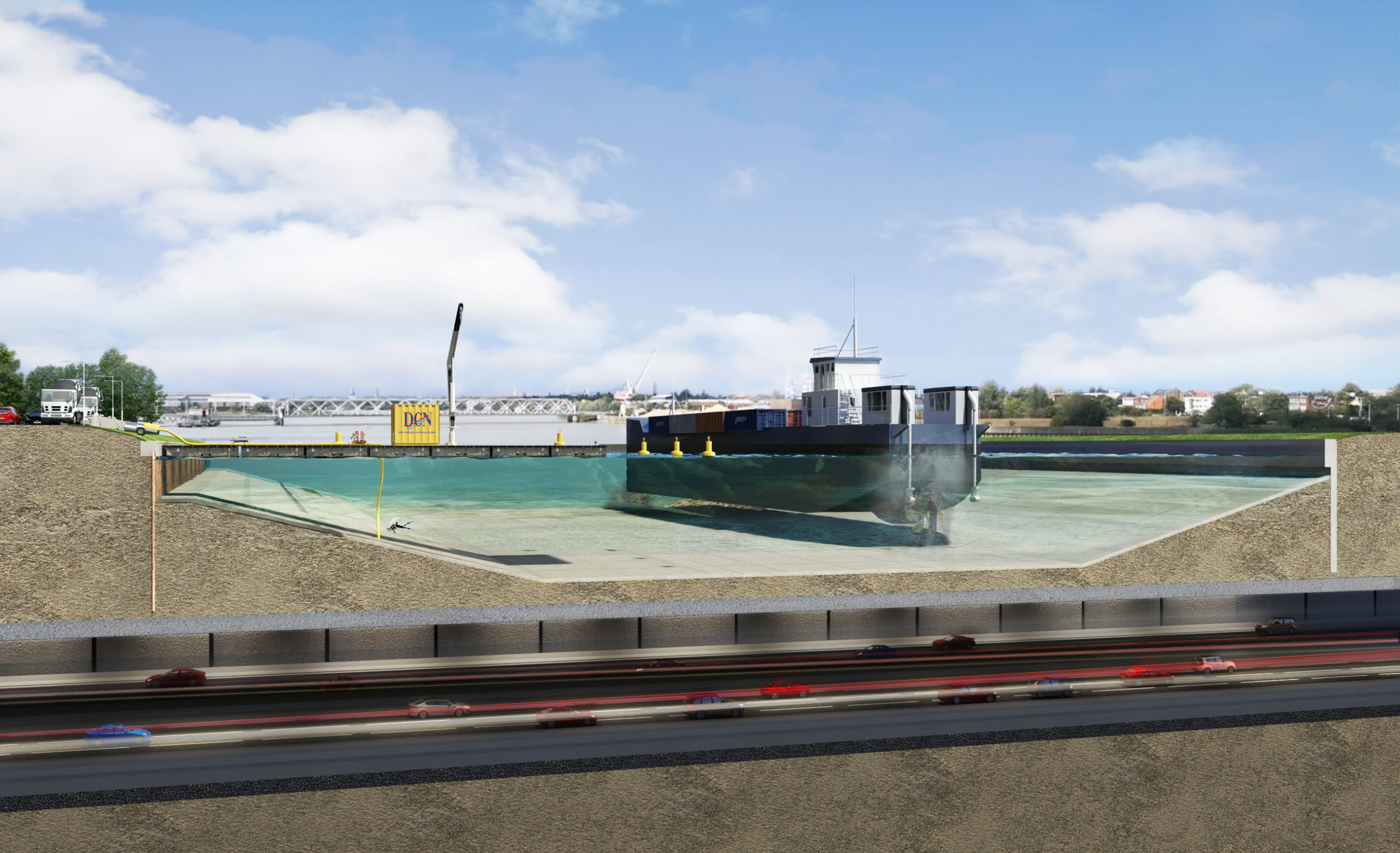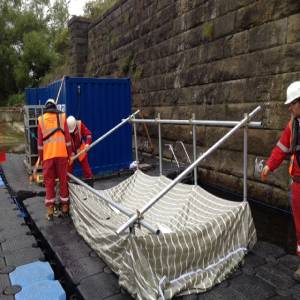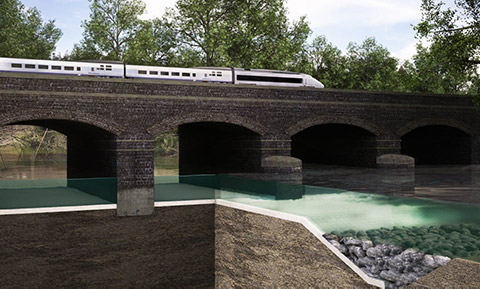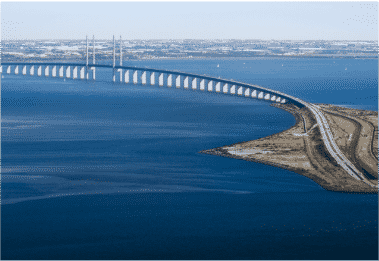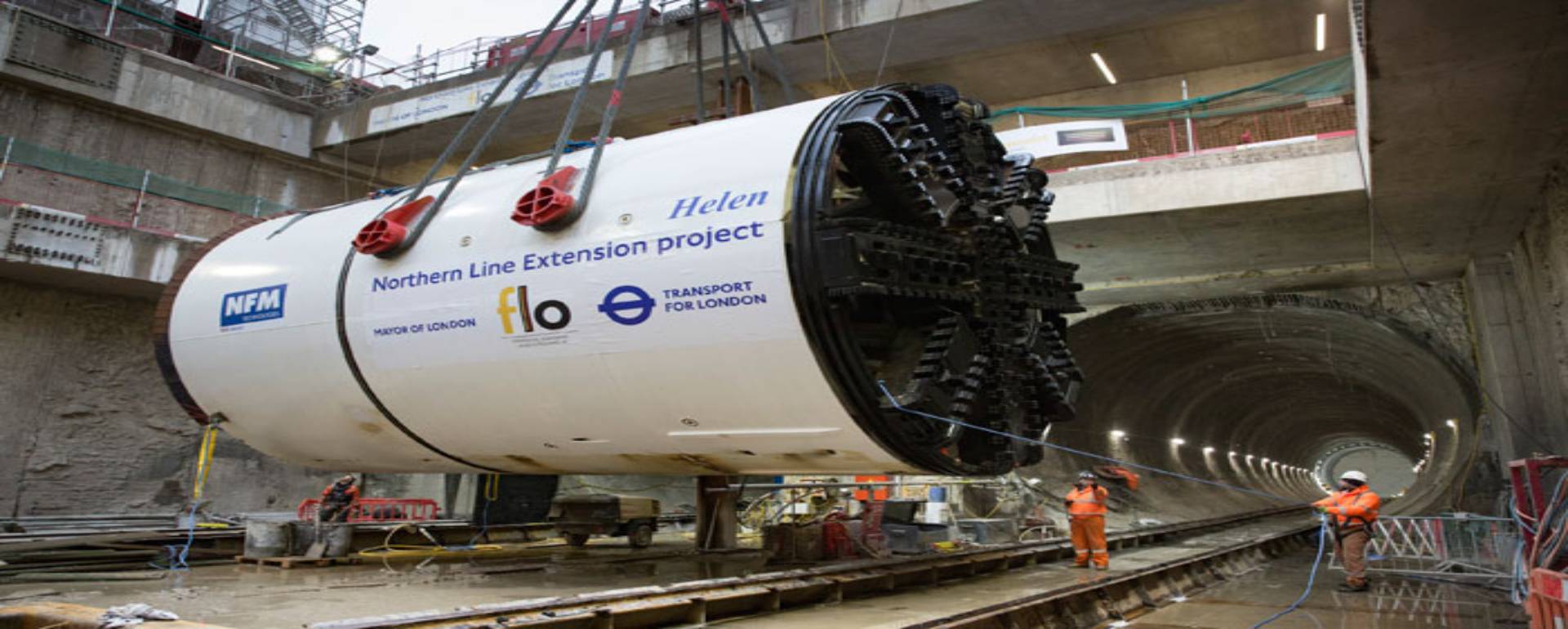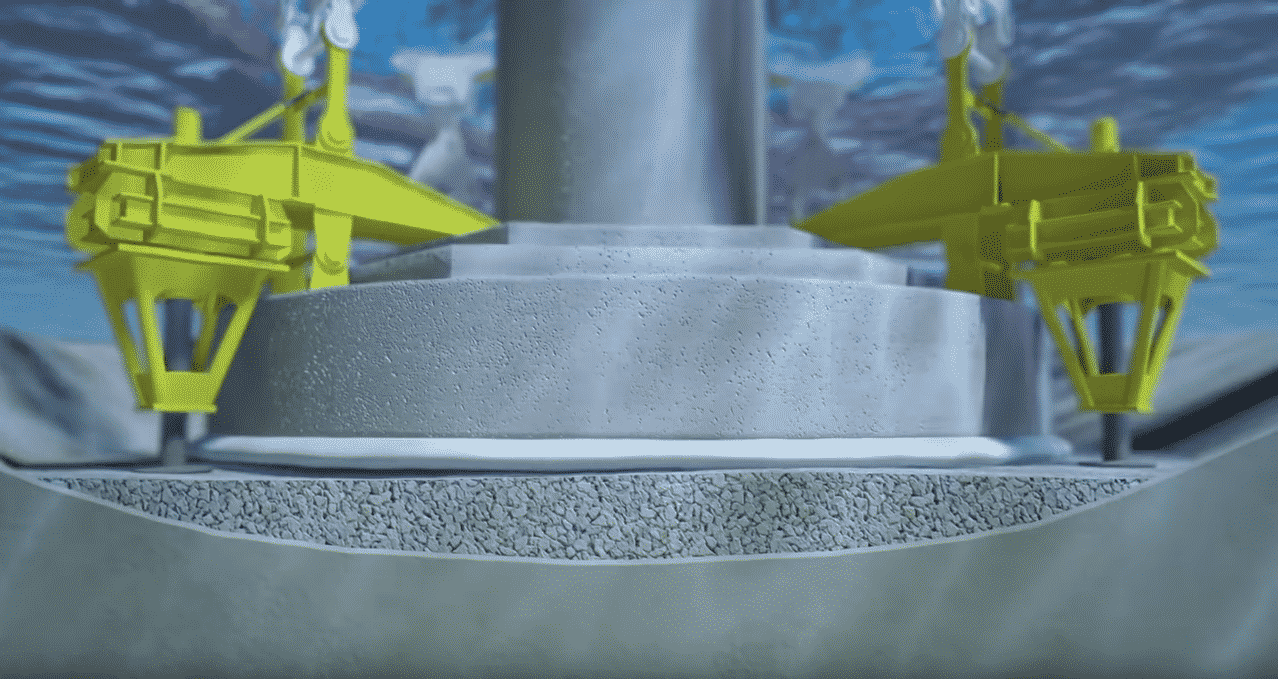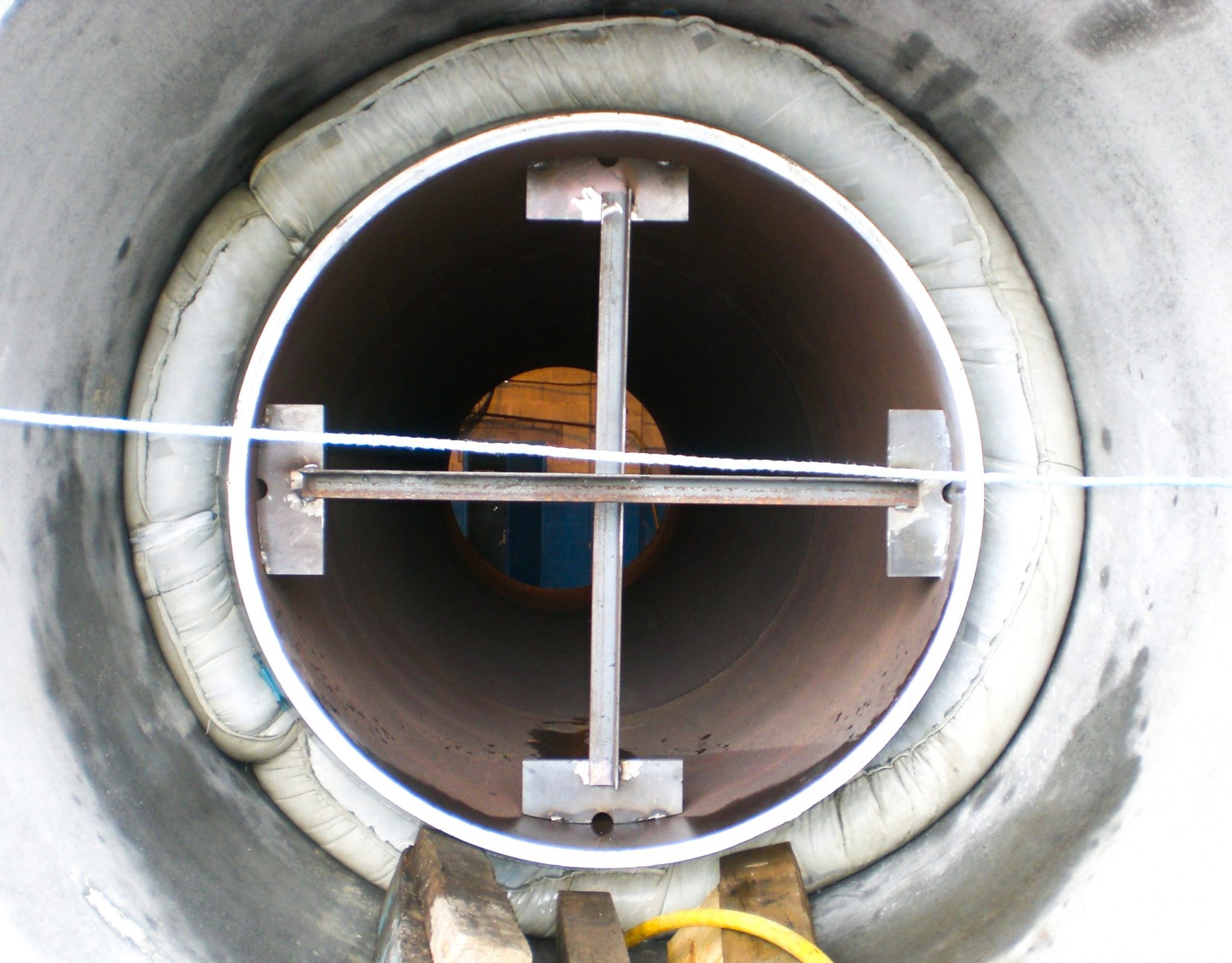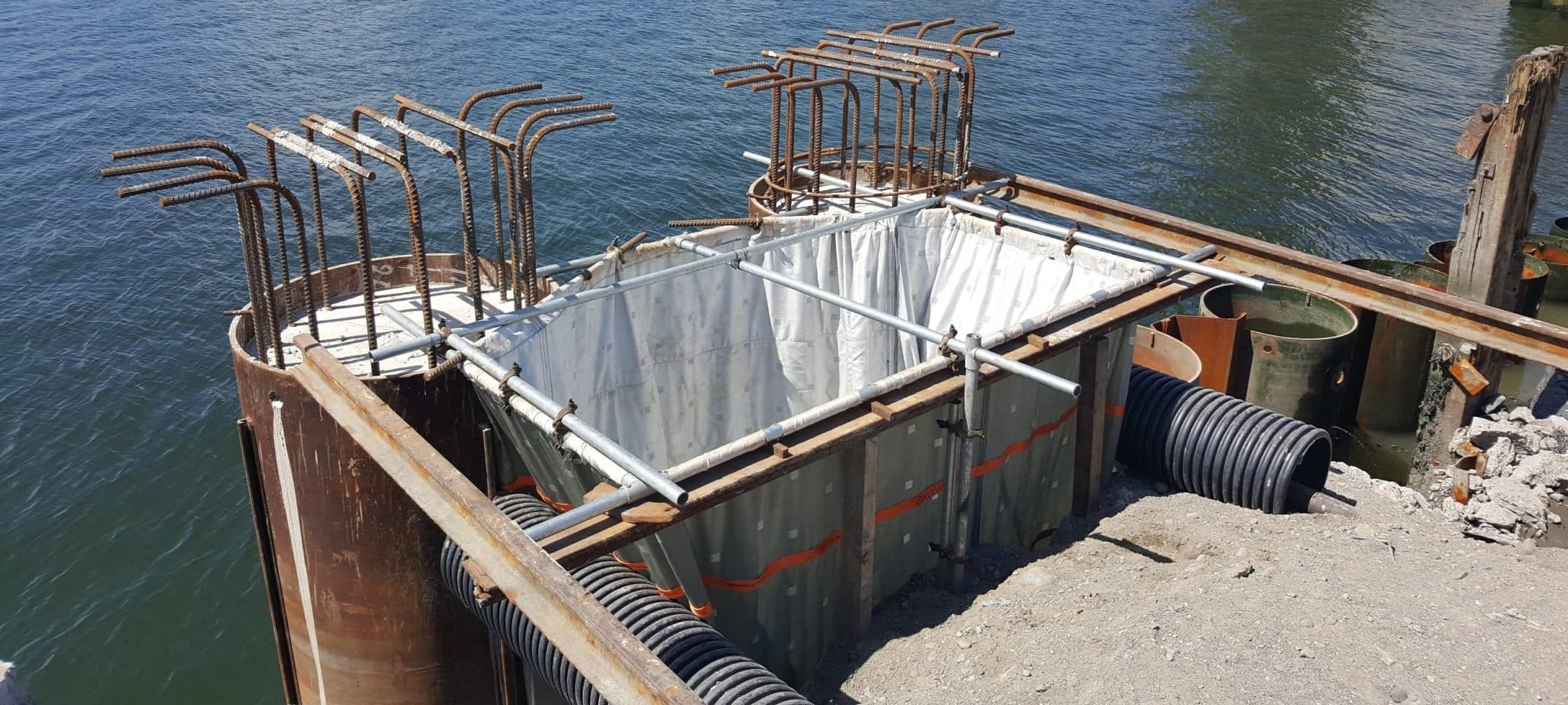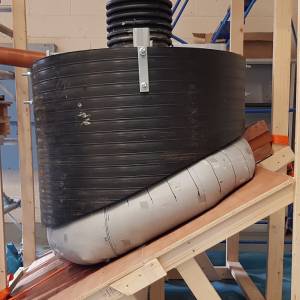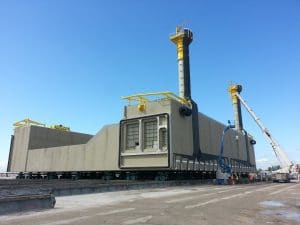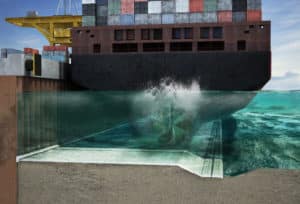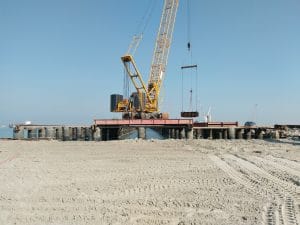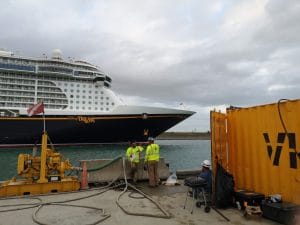Fabric Formwork
Fabric formwork is fabric that is used to confine and shape fluid concrete until it sets, commonly a lost formwork; its function is complete once the concrete has set.
A huge range of shapes can be created in fabric formwork as the only limits are what can be woven and tailored in the fabric and controlled during filling.
Fabric formwork is flexible, which provides significant construction advantages over traditional formwork when access is difficult or undulating profiles are present. The flexible fabric and fluid concrete will adapt to the contours required.
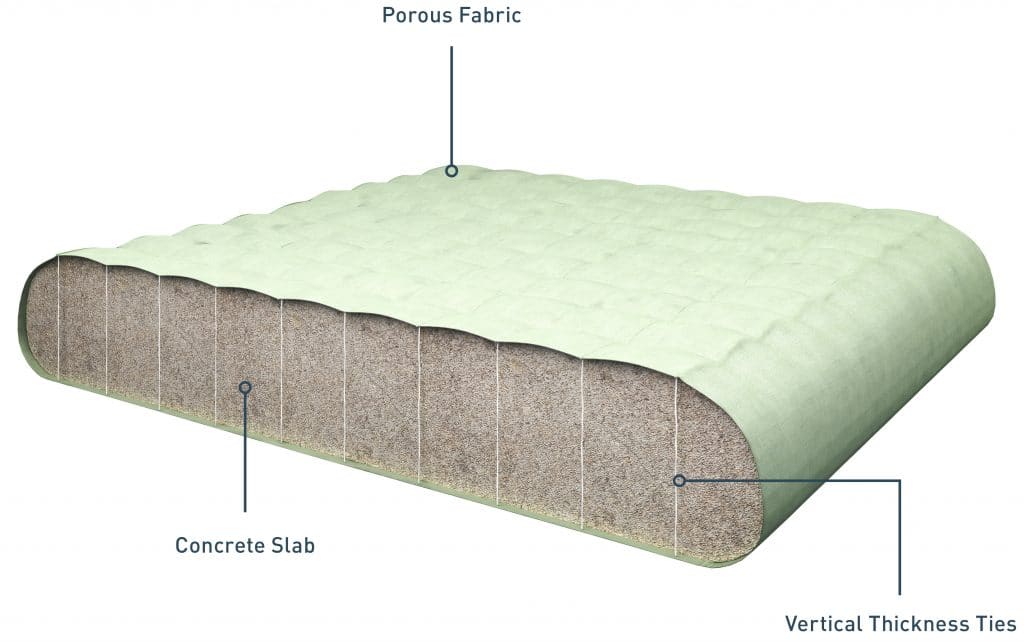
Woven fabrics have high water porosity with a tight weave to contain sand and cement particles. The fabrics used can be made from synthetic fibres for high strength and reliability, or from natural fibres where strength is less important.
Fabric Formed Concrete
The characteristics of fabric formwork create high quality concrete with high surface abrasion resistance. It achieves this as the density of the cement paste forces free water and air in the mix out through the fabric leaving behind a dense matrix of sand and cement particles.
For the concrete to pump well, flow sufficiently and fully fill the fabric, a high water:cement ratio of 0.55 is commonly used. Our standard mix, combined with fabric formwork and our installation guidance makes it nearly impossible to have honeycombing, entrapped water voids or washout of cement fines, all of which can be common durability issues with marine concrete. Our standard mix meets the requirements of EC2 and BS6349 for a plain concrete design life of over 50 -100 years.
Our Expertise
Over 50 years we have developed working methods with fabric formworks for construction underwater or where access is impractical. Due to the nature of fabric formwork, once filling starts it must be completed to achieve the required result. Our concept solutions and construction engineering ensure constructability and risk mitigation and output clear instruction to the installation team, supported by our on-site engineer training and support.
General Installation
Each fabric formwork is engineered to suit the project so that the required concrete outcome is achieved. This includes developing positioning and restraint methods to suit the working conditions and constraints, temporary works calculations and filling plans are used to ensure the fabric is not over-tensioned and fully develops.
We can also perform on site demonstrations using all the proposed plant and materials to ensure that all elements function as required in combination.
Fabric formworks are highly versatile, as there are a number of ways of to position them, including:
- Prefixed into position before filling
- Condensed to develop when filling
- Diver placed and filled
- Filled from a remote location
When underwater, fabric formwork is always filled in tremie fashion to ensure high quality concrete is achieved. In air there is more flexibility on filling sequence while maintaining concrete quality, however filling from the bottom first is a good principle to follow.
We minimise the chance of rupture through temporary works calculations to give a high margin for error, preparation to remove any cut risks to the fabric and never filling into a fully closed compartment. This is essential to protect the environment and ensure the required construction is achieved.
Benefits
- Flexibility
- Porosity, creating high quality concrete
- Prevents washout
- Engineered and purpose made
- Lightweight, easy to fix or lay
- Adaptable to bed profiles and joint widths
- Cost effective

